Keep Your Tractor on Track

There is nothing worse than breaking down in the middle of a road trip, especially when the problem could have been avoided with a routine check of the oil dipstick. Routine maintenance, like checking fluid levels and tire pressure, is an elixir against mechanical breakdowns.
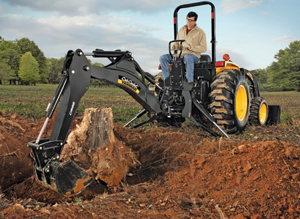 Breakdowns are just as bad on a jobsite as on the highway. Instead of having to stop on the road untraveled, you have to leave a job undone. A mechanical failure results in lost time and lost money. Daily maintenance should be a common practice for any equipment fleet, including do-just-about-everything machines like compact utility tractors.
Breakdowns are just as bad on a jobsite as on the highway. Instead of having to stop on the road untraveled, you have to leave a job undone. A mechanical failure results in lost time and lost money. Daily maintenance should be a common practice for any equipment fleet, including do-just-about-everything machines like compact utility tractors.
A compact utility tractor is a versatile tool around a jobsite or hobby farm. These units weigh 1,400 to 3,800 lbs and offer plenty of maneuverability. Powered by a 20- to 40-hp engine, its front loader and backhoe suit both load-and-carry applications and digging projects. The power take off (PTO) system can also operate a gaggle of three-point attachments for specialized applications, like lawn mowing, raking, tilling and other acreage grooming tasks.
Ranging in price from $10,000 to $40,000, compact tractors are a worthy investment, but not a small one. And just like your personal automobile, it needs a little TLC to keep running strong.
“The lifespan of a tractor is directly related to how well it is maintained,” says Kevin Branstetter, associate tactical brand manager for John Deere compact utility tractors in North America. “The best way to get the most of your tractor is to follow the recommendations in the operator’s manual for routine maintenance and proper operation. A tractor that is properly maintained will last much longer than one that is abused.”
Users who take minimal care of their machines can expect a shorter life expectancy than those who continually check fluid levels and regularly perform routine maintenance, says Roger Gifford, compact product manager for Cub Cadet Yanmar. Take time before and after operations to service your tractor and you will increase its life and ensure that it’s running in top form.
In addition to performing regular maintenance checks on a compact tractor, users should also take caution as to how they operate the machine, says Zach Rittler, product marketing specialist of compact/utility tractors for Massey Ferguson. “The lifespan of a machine is dependent on the conditions and applications in which it’s placed,” he says. “If the customer stays within the manufacturers’ recommendations, then they can ensure extended life.”
Many operators use compact tractors on a seasonal basis, says Ray Schroth, director of service for Kubota Tractor Corp. For these users and others who might not use their machines for long stretches of time, proper storage is another important maintenance consideration.
The bottom line is if you want your tractor to last, then you’ve got to take care of it.
Check and Double Check
The best place to start a routine maintenance program is at the beginning. Experts suggest that you first read your operator’s manual and follow the manufacturer’s guidelines for routine maintenance.
“Routine maintenance can be anything from refueling the gas tank to greasing the fittings and changing the fluids,” Gifford says. “Some of the things classified as routine maintenance seem relatively obvious, but others may not. That’s why it is important to thoroughly read through the operator’s manual for a basic outline of tasks that should be performed. The manual will indicate how and how often these tasks should be done.”
Before you put your compact tractor to work, be sure to do a walk-around inspection and check fluids, tires and wear points. This basic routine practice could prevent a breakdown and avoid costly downtime and repairs.
Daily checks should include fluid levels (including engine oil, coolant, transmission and hydraulic oil), fuel and brake lines, tire condition and safety features. Make sure radiator screens and air cleaner elements are clean and clear of debris. And verify that bolts are tightened and pins are locked in position. These items should be checked before operating the unit.
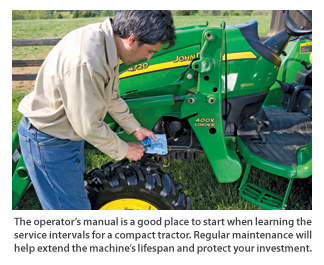
Some owners may choose to service their compact tractors at their own shops, while others may want someone else to do it. In these cases, the dealer can perform all necessary maintenance.
“The dealer’s service shop is going to know your tractor inside and out and have references to go to if further assistance is needed,” Rittler says. “Your tractor will be in great hands.”
Before purchasing the machine, Gifford suggests talking to the dealer to learn more about the services offered and where to go for additional help. “Buying a tractor is a major investment,” he says, “so you’ll want to be sure if you do have a problem, the dealer can help you take care of it as quickly as possible.”
Some dealers offer a mobile service so that the maintenance can be done at the owner’s property, Branstetter says.
Maintaining Good Operations
Maintenance doesn’t stop once you have your compact tractor working on the jobsite. Proper machine operation is also important in ensuring the long life of your precious investment.
“Always operate the tractor in a safe manner,” Branstetter says. “This includes keeping the tractor properly ballasted and operating at recommended speeds and capacities.”
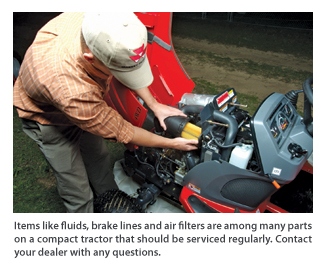
“A customer needs to make sure they don’t operate the tractor in an application it wasn’t designed for,” Rittler says. “If a task raises a question, a local dealer would happily help the customer determine if the tractor can perform the job.”
In addition, using the machine for applications the tractor wasn’t designed for or operating attachments it wasn’t rated for could void the tractor’s warranty, Rittler adds. Warranties vary from manufacturer to manufacturer. A common warranty is two years for the tractor and three years for the engine and drive train. Some warranties are based on operating hours. Some manufactures also offer extended warranty packages.
When an owner chooses to purchase a tractor, he or she should carefully read through the entire operator’s manual and pay close attention to all routine maintenance and operating guidelines, Gifford says. Damage caused by not properly maintaining the engine or improper operation will void the warranty. Branstetter adds that non-manufacturer approved modifications could also void the machine’s warranty.
Well Kept Stowed Away
When compact utility tractors sit for long periods of time — say, for the winter — it’s important for owners to make sure they take a few precautions to make sure the machine is ready to go when it is needed.
“Always check for loose bolts and nuts before placing the machine in storage and tighten if necessary, remembering to also apply grease to pivot areas and places where bare metal will rust,” Schroth says. “Inflate the tires to a pressure a little higher than usual to make up for the inevitable tire pressure loss during storage. Change the engine oil and remove the battery from the machine.”
Always disconnect the battery’s ground cable (negative terminal) first and reconnect it last. Additionally, do not store a machine with fuel in the tank inside a building where fumes may ignite. Keep your tractor and fuel supply in a locked storage facility and remove the ignition key to prevent children or others from playing or tampering with it.
“Keeping the machine in a dry place is important,” Schroth adds.
Regardless, the more you use the machine, the more it will age over time. That’s why regular maintenance and proper operation are so important.
“As time goes on, being in the elements will wear on any tractor,” Gifford says. “By taking care of the product you will be able to increase the product’s life.”
Bradley Kramer is a contributing editor to Compact Equipment, based in Peninsula, Ohio.
Five Easy Pieces of Tractor Maintenance
A Quick Guide to Keep Your Machine Running Strong

-
Make sure to read the operator’s manual for the equipment, including literature covering the attachments. Know how to safely operate the equipment and know its operational limitations.
-
Do daily walk-around checks for maintenance items such as oil levels, tire air pressures, wheel lug nut torque, air filter conditions, coolant levels and radiator blockage with grass, dirt and other debris. This will help catch maintenance needs before they turn into problems — it’s all about being proactive.
-
Perform regular maintenance at or before the manufacturer’s recommendations, avoiding aftermarket oils and filters. Use only the correct fuel and never refuel your machine while it is running.
-
Operate the equipment within the conditions it was designed for. For example, a farm tractor with a front loader is not a bulldozer. A farm tractor with a rotary cutter is not a stump grinder or a tree harvester.
-
Get to know your local authorized dealer. They have factory trained technicians and OEM parts to properly service the equipment for long dependable operation.
Save Money, Buy Used
But Make Sure You Don’t Buy Abused
Despite a diligent maintenance program, machines like compact utility tractors will eventually need to be replaced. However, a $10,000 to $40,000 price tag for a new machine could break the bank. Buying used oftentimes is the best solution for replacing a compact tractor on a cash-strapped budget.
“Used tractors are obviously going to be less than a brand new one,” says Zach Rittler, product marketing specialist of compact/utility tractors for Massey Ferguson. “Like the condition and mileage on a car, it’s going to depend on the condition of the tractor and how many hours are on the machine.”
While manufacturers like Cub Cadet Yanmar, Deere, Kubota and Massey Ferguson don’t offer used equipment, dealers who sell used products typically conduct a thorough inspection of the machine prior to reselling it, says Kevin Branstetter, associate tactical brand manager for Deere compact utility tractors.
When someone is in the market for a compact tractor they should test out the equipment before purchasing it, regardless if it is new or used. Some customers like to buy a used machine to get a feel it before buying a new one.
“Make sure that the tractor will do all the tasks that you plan to use it for with ease,” he says. “It should also safely fit through gates, and tractor storage areas Look for innovative ways that manufactures have designed compact tractors to operate just like an automobile and focused on making it easy to attach and remove attachments.”
In addition to local equipment dealers, those interested in purchasing a used compact tractor can visit www.machinefinder.com.

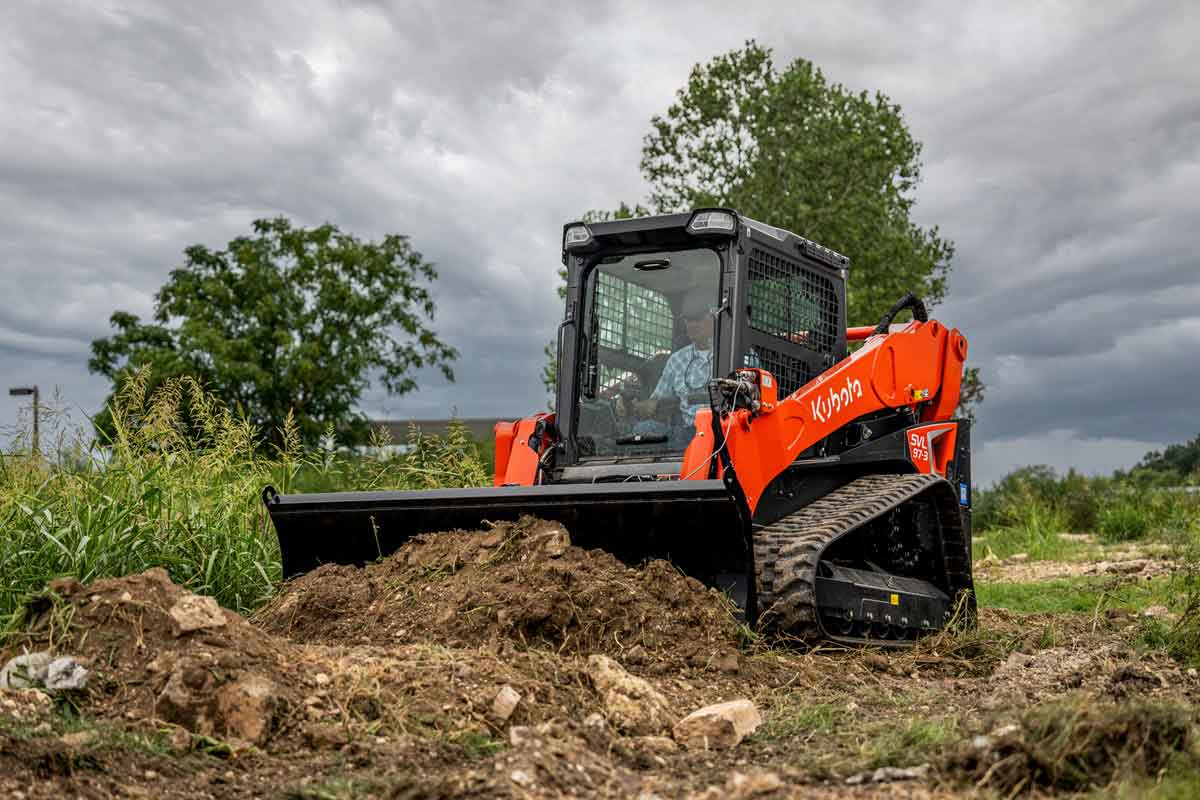

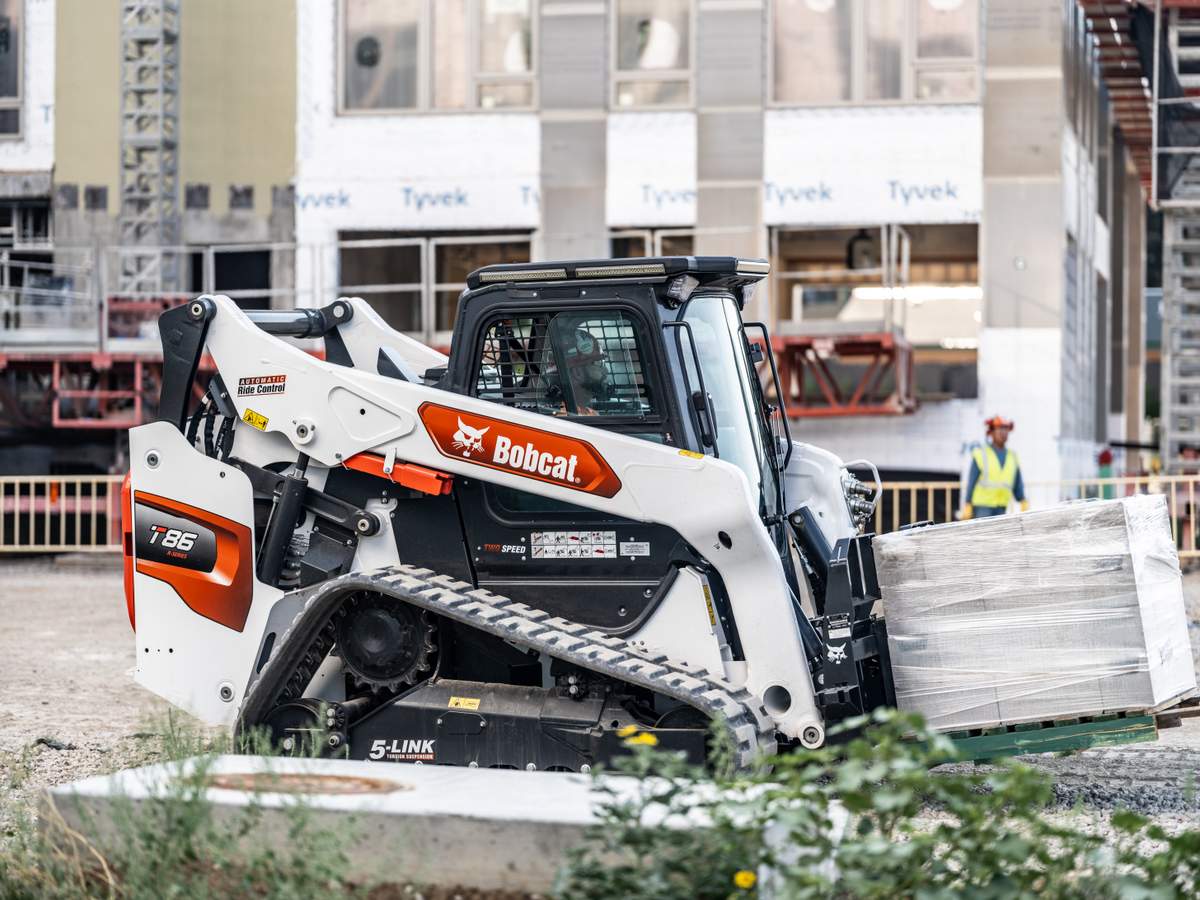

Comments are closed here.